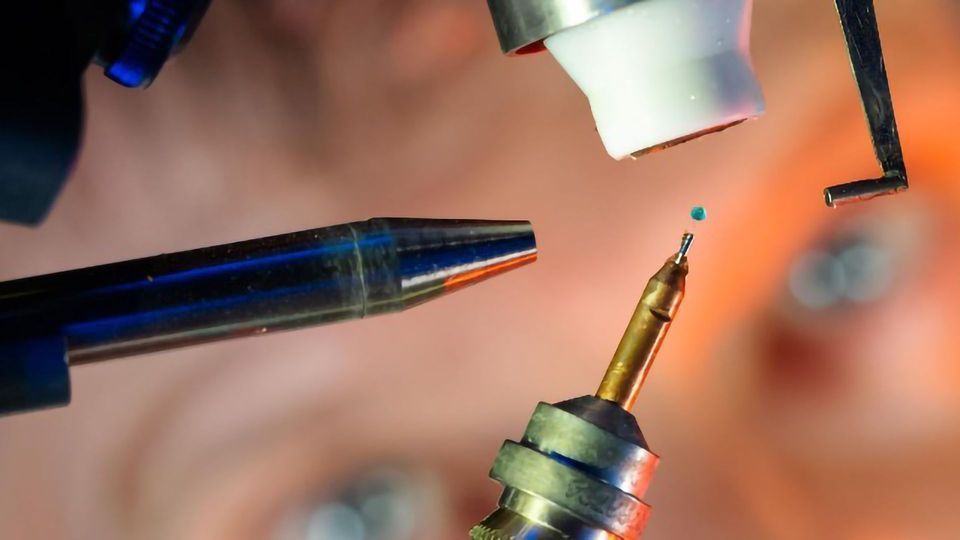Synergistic Effect of Gallium Highlights Benefits of Molecular "Teamwork"

Complete the form below to unlock access to ALL audio articles.
Chemists at the Friedrich Schiller University Jena have demonstrated the value of “teamwork” by successfully harnessing the interaction between two gallium atoms in a novel compound to split the particularly strong bond between fluorine and carbon. The gallium compound is also cheaper and more environmentally friendly than conventional alternatives.
Sustainable and inexpensive
“Such reactions are usually carried out using transition metals, such as nickel or iridium,” explains Prof. Robert Kretschmer, Junior Professor of Inorganic Chemistry at the University of Jena, whose work has been published in the prestigious Journal of the American Chemical Society. “However, transition metals are expensive and harmful to the environment, both when they are mined and when they are used. Therefore, we are trying to find better alternatives.” That two metals can do more than one is already known in the case of transition metals. “However, there has been hardly any research on the more sustainable main-group metals of the periodic table,” Kretschmer adds.
Hand in hand
“Our compound contains two chemically identical gallium atoms,” says Kretschmer. “In tests with a series of fluorine-containing hydrocarbon compounds, we saw that these two atoms together are capable of removing a fluorine atom. Using X-ray structure analysis, we were able to prove that one gallium atom binds the fluorine and the other binds the other part of the hydrocarbon compound.” This is the first step needed for catalysis.
“Now that this step has been achieved, we can consider how to develop this concept further,” explains Kretschmer. “It would of course be desirable if, at the end, the reaction could be continued to achieve a complete catalytic cycle.” However, this will probably involve a different metal. Kretschmer notes: “Gallium as an element was a first step here. Our goal is ultimately to harness the metal that occurs most frequently on earth: aluminium.”
Reference
Kysliak O et al. Cooperative Bond Activation by a Bimetallic Main-Group Complex. J. Am. Chem. Soc. 2021, 143, 1, 142–148, December 24, 2020. https://doi.org/10.1021/jacs.0c12166
This article has been republished from the following materials. Note: material may have been edited for length and content. For further information, please contact the cited source.



